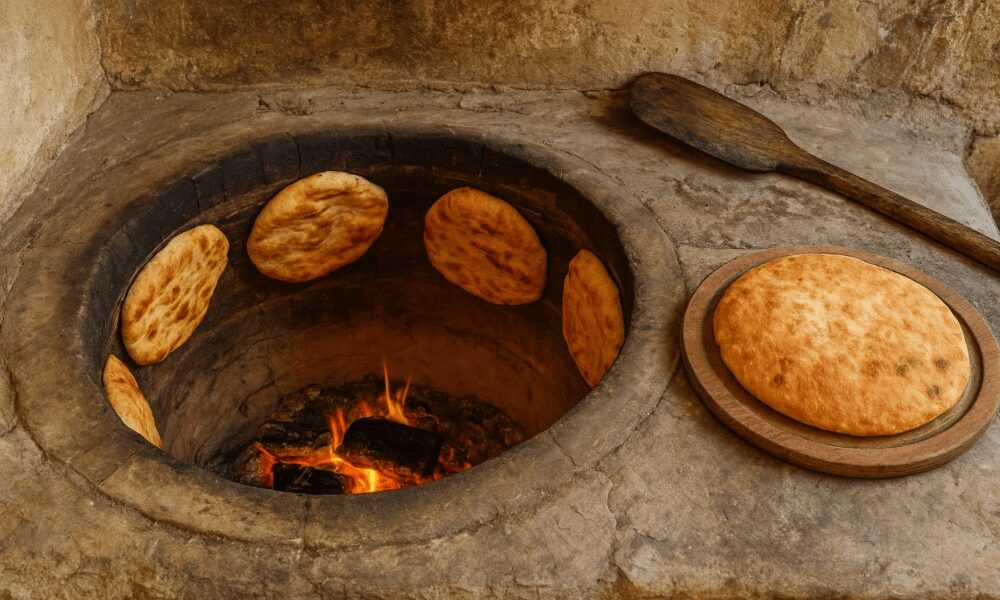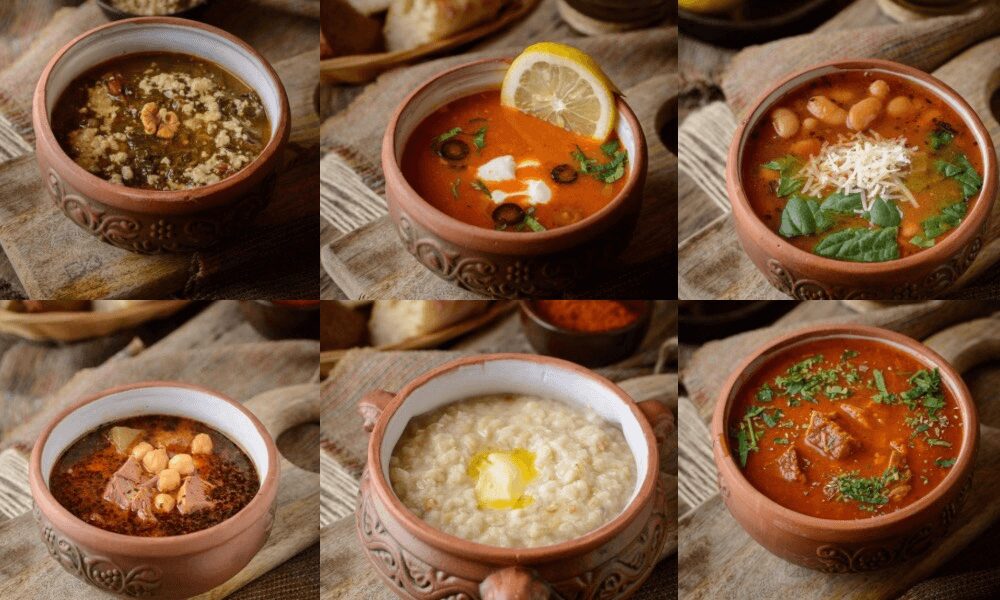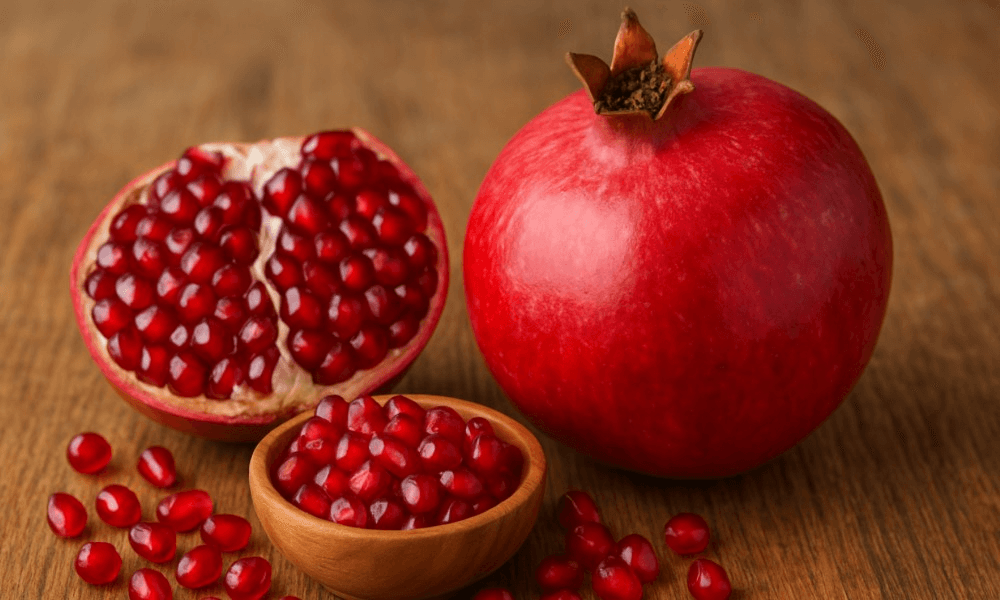
The Role and Significance of Gata in Armenian Easter Celebrations
Armenian cuisine is rich with traditions and symbols that have been tightly interwoven with the nation’s cultural and spiritual life for centuries. Many of these traditions are still alive today, especially emphasized during various festive occasions. Easter, the feast of Christ’s Resurrection, is one of the most important holidays for the Armenian people, and among the customs surrounding it, gata—a fragrant Armenian pastry—holds a special place. It is not only a sweet dish but also a symbolic component of the Easter table.
Gata is an inseparable part of the Easter table, symbolizing well-being, abundance, and new life.
Easter is the oldest and most significant Christian holiday, celebrating the Resurrection of Christ and the beginning of a new life. The Easter table is filled with symbolic dishes, and gata is one of them, carrying a unique depth. Gata often comes in a round shape, symbolizing the sun—the source of life, warmth, and resurrection. This shape is also a sign of eternity, representing the new life that never ends. The sweetness inside gata—made with sugar, nuts, or cinnamon—symbolizes the promise of a sweet and full life brought by Christ’s Resurrection. It also represents inner light and joy.
Many families place a coin inside the gata during Easter. It is believed that the person who receives the piece with the coin will be lucky, prosperous, and healthy throughout the year. Preparing gata often becomes a family activity before Easter, turning into a moment of love, unity, and festive spirit. On the holiday table, gata also symbolizes hospitality, goodwill, and the desire to share joy.
Gata as a Traditional Armenian Symbol
Gata is one of the oldest and most beloved pastries in Armenian cuisine. There are many variations—from the villages of Western Armenia to Syunik, Tavush, or Yerevan—each region has its own form, ingredients, and secrets of preparation. At Gata Pandok, we offer both the classic version and unique additions like lemon, apricot paste, prune, and walnuts. Regardless of shape or taste, gata has always embodied family warmth, hospitality, and hidden meanings.
Gata is often considered a symbol of prosperity and abundance. It’s no coincidence that the tradition of baking gata accompanies different times of the year, but during Easter, its meaning becomes especially profound.
Easter as a Symbol of Faith, Hope, and Rebirth – Gata’s Importance on the Easter Table
Easter is celebrated in the Christian world in memory of the Resurrection of Jesus Christ—as the triumph of faith over death. The Armenian Church marks Easter with solemn liturgies, religious symbols, and family unity.
This holiday symbolizes the beginning of new life, purity, and rebirth—both spiritually and physically. The Easter table is filled with pure, fresh, and symbolic foods—red-dyed eggs, greens, fish, and of course, gata.
Gata’s presence on the Easter table is not only due to tradition but also because of its symbolic value. It is often seen as a symbol of hospitality, kind wishes, and festive prosperity. It’s prepared with love, often with the participation of the whole family, and placed on the table as a sign of family unity.
When made in a round shape, gata represents the sun—a symbol of life, light, and new beginnings. If made with a filling—sweetened with sugar, nuts, vanilla, or butter—its rich flavor reflects the diversity and abundance of life. On Easter Day, gata is placed in the center of the table—surrounded by red eggs, greens, and other dishes. This arrangement symbolizes the eternity of life, faith, and new beginnings.
The Tradition of Baking Gata for Easter
In many Armenian families, the tradition of baking gata is preserved, especially on the eve of Easter. It is accompanied by harmonious work and a warm family atmosphere. Grandmothers and mothers teach their children how to knead the dough correctly, prepare the filling, and shape the gata uniquely.
In some regions, there’s a mystical tradition of placing a coin or token inside the gata. According to belief, the one who finds it will have a prosperous and successful year. This deepens gata’s symbolism on Easter—turning it from just a dessert into a sign of blessing.
Even today, gata remains an inseparable part of Easter. While some families prefer to buy gata for the holidays, many still choose to make it at home, believing that only homemade gata carries true family warmth.
You can also purchase gata from Gata Pandok. In the context of Easter, gata is much more than just a dessert. It is the jewel of the Armenian family table—a symbol of purity, hospitality, and the rebirth of life. Every slice of gata is a reminder of our roots, family bonds, and spiritual values. And that’s why, whether in its traditional recipe or modern interpretation, gata will always remain a vital part of Easter—bringing not only sweetness with spring, but also hope and unity.






